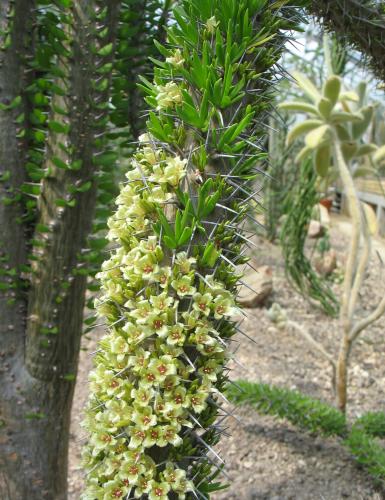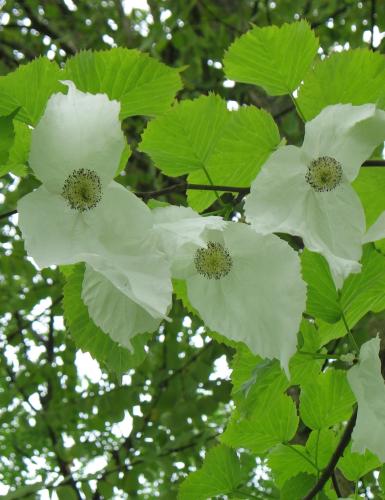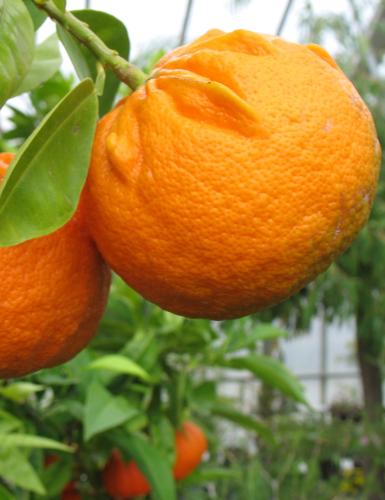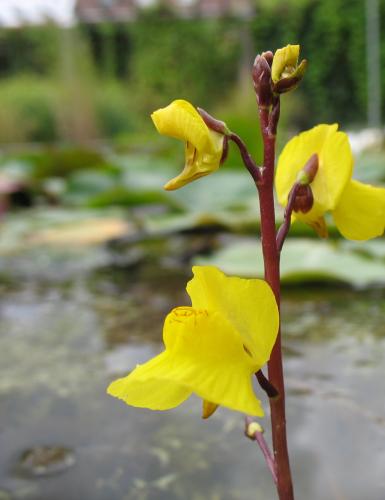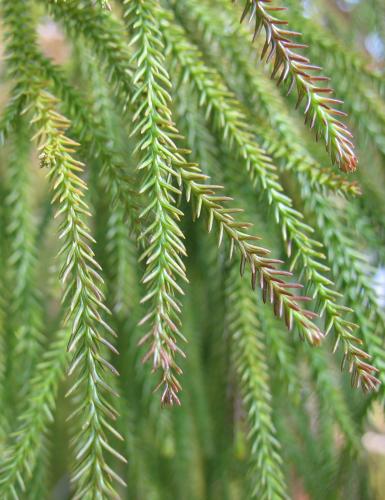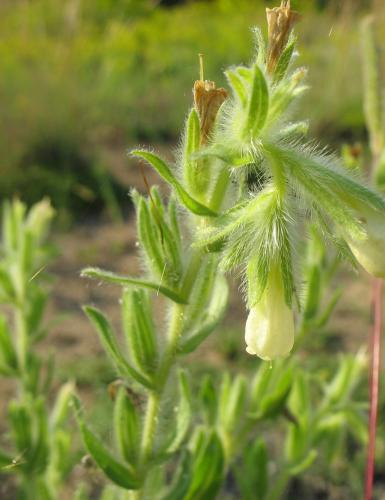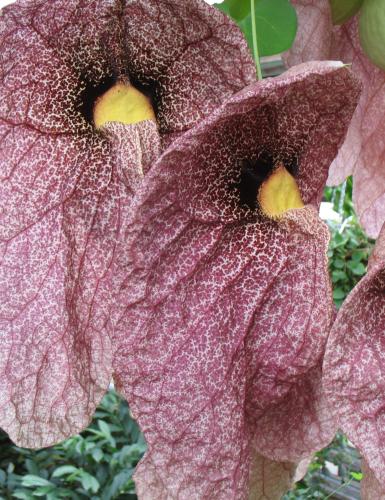The Faculty of Biology’s Botanic Garden forms an integral part of the scientific collections at Johannes Gutenberg University Mainz. The garden is home to roughly 9,000 plant species and varieties from almost every part of the globe, each with detailed records of its origin and collection. All plant exchanges are carried out in keeping with the Convention on Biological Diversity (CBD) and in strict accordance with national and international species protection laws (CITES). Helping to safeguard biodiversity, the Botanic Garden cultivates endangered native wild plants in special conservation collections (ex situ).
Established in 1946 by Prof. Dr. Wilhelm Troll, the Botanic Garden of Johannes Gutenberg University Mainz first served solely as a research and teaching facility. Covering nearly 90,000 square meters, the Botanic Garden combines spacious outdoor areas and greenhouses with unique features such as the Biology Department’s courtyard in the former Faculty of Natural Sciences and a rock garden (Alpinum) at the Albert-Schweitzer-Straße entrance. Highlights of the collections include the expansive Arboretum, one of the richest in tree and shrub diversity in Germany, a recreated Mainz Sand habitat, European steppe plants, and the Systematic Section, where plants are displayed according to their evolutionary relationships revealed by molecular research. In the greenhouses, tropical crop plants receive special care and attention.
The Botanic Garden is dedicated to advancing research and protecting the planet’s diverse plant life. With its extensive collections, the garden actively supports classes and research projects in the Department of Biology at Johannes Gutenberg University Mainz and beyond, including other departments and educational and research institutions. Today, the garden actively contributes to education through its Green School program. Beyond its scientific and educational role, the Botanic Garden is a welcoming spot for rest and relaxation on campus. Visitors are welcome!

